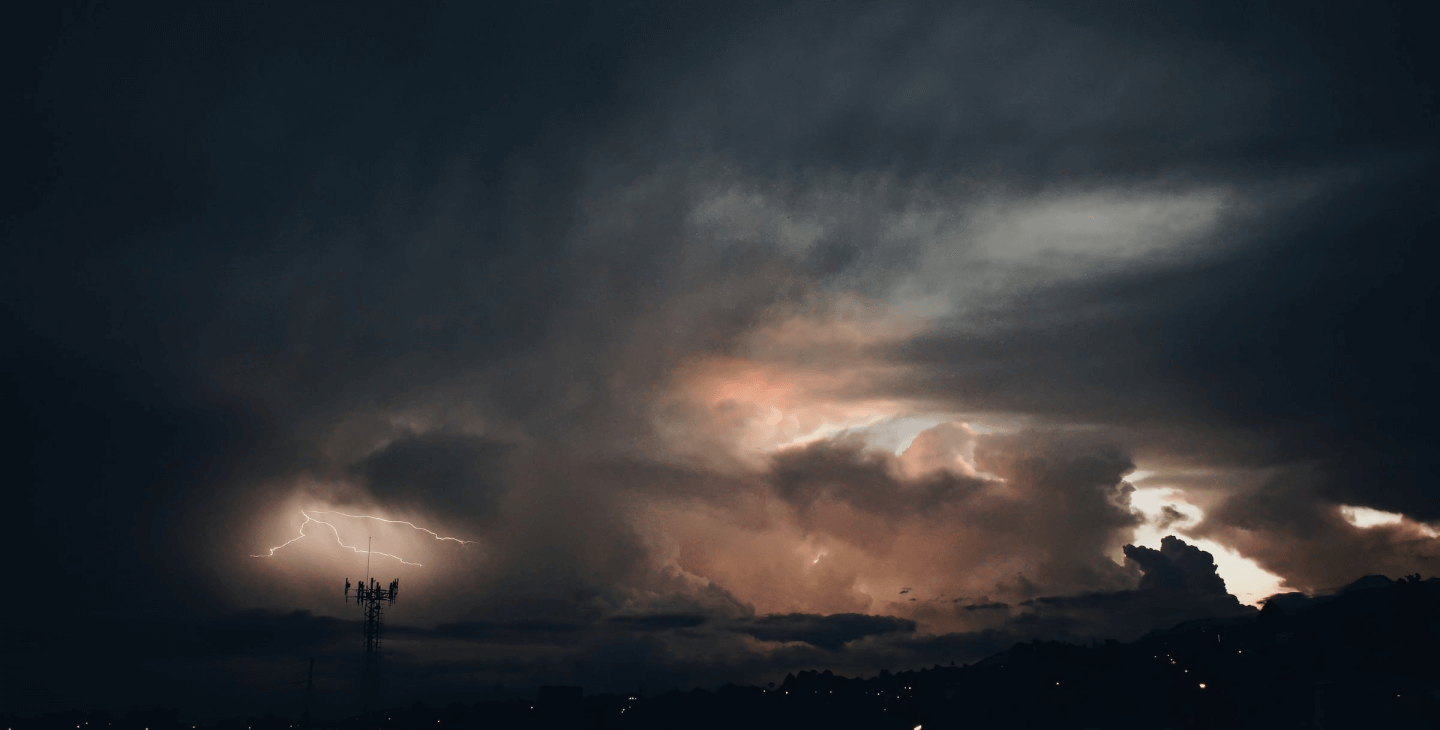EU MODEX 2025: Innovation Meets Wildfire Management in Sardinia
24 April 2025
Francesco Arigliano, researcher at Ingegneria Informatica S.p.A
Valeria Chiara Coraini, unit coordinator at civil protection department in Sardinia region
The stunning landscapes of Sardinia became the staging ground for cutting-edge disaster response earlier this month as ITA EU MODEX 2025 brought together Europe's elite civil protection firefighting teams. From April 7-11, this EU-funded exercise transformed the island's forests into a laboratory for tackling one of the continent's most pressing threats: catastrophic wildfires.
Europe's Finest Join Forces
Seven specialized modules converged to demonstrate the power of international collaboration. Six ground firefighting teams from Austria, Bulgaria, Italy, Romania, Slovakia, and Slovenia worked alongside a Greek aerial firefighting unit across the challenging environments of Nuoro, Mamoiada, and Orani.
With their base camp established at the former Forestas Agency Nursery in Su Pinu, these experts didn't just battle simulated infernos, they tested the crucial protocols that keep both emergency responders and local communities safe when disaster strikes.
The EU Civil Protection Mechanism: 24 Years of Crisis Response
Born in 2001 to address emergencies that overwhelm local capabilities, the EU Civil Protection Mechanism has evolved into a formidable network spanning all 27 EU member states plus 10 additional countries. These specialized modules stand perpetually ready to deploy, bringing both technical expertise and a shared operational language that enables seamless cooperation across borders.
TEMA Project: Beyond Demonstration to Collaboration
The exercise provided a perfect opportunity for the TEMA project to showcase its innovative platform, but the team took things a step further. Rather than delivering a standard presentation, they transformed their session into an interactive workshop, inviting participants to proving feedback on the system in real time.
This approach sparked dynamic conversations where technical specifications met boots-on-the-ground experience, yielding insights that no laboratory testing could replicate.
User-Driven Innovation: What end operators Really Want
The feedback was as practical as it was passionate. Participants envisioned "impact clocks" for critical infrastructure, countdown timers showing how long before flames reach hospitals, schools, or cultural landmarks. This temporal perspective would give commanders the precision needed to deploy resources or order evacuations at exactly the right moment.
Visual clarity emerged as another priority. Participants suggested adjusting color schemes in simulations to instantly highlight the most dangerous areas. They also recommended variable refresh rates, updating critical data (like active fire perimeters) more frequently while refreshing static information less often to maintain responsiveness without overwhelming the system.
The firefighters emphasised realism above all. They pointed out how fine-fuel moisture measurements dramatically affect fire behaviour and suggested incorporating real-time humidity readings into simulations. Another popular idea was allowing teams to draw virtual "defense lines" directly on the interface, immediately reflecting these tactical decisions in the simulation's predictions.
From Data to Decisions: The Future of Emergency Management
All these suggestions shared a common vision: transforming TEMA platform into the true "eyes on the field" for command centers. When seconds count, decision-makers need tools that don't just present data but interpret it in ways that drive faster, more confident action.
By embracing these user-driven insights, the TEMA project is positioning itself not merely as today's solution but as a platform ready for tomorrow's challenges.

